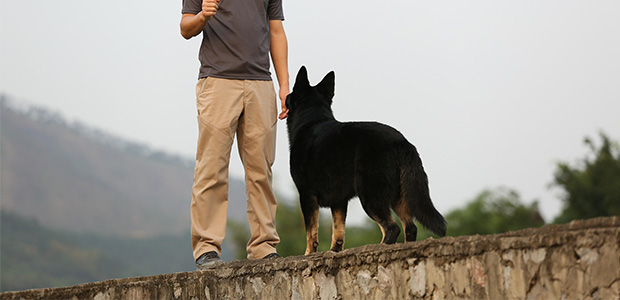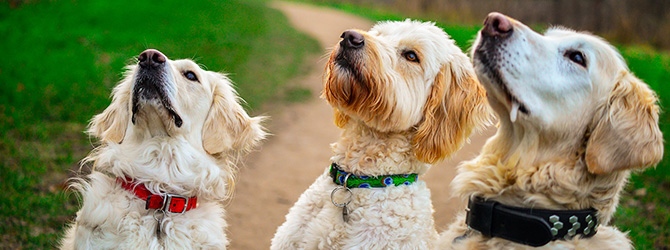How to teach your dog to sit
‘Sit’ is usually one of the first commands owners teach their dogs.
It’s very useful – helping you to get your pooch to stay still when you need them to. ‘Sit’ is also a handy gateway to other commands, such as ‘lie down’.
Let’s take a look at how to teach a dog to ‘sit’ – efficiently, effectively and of course, kindly.
You will need:
As with most things, you’ll be more successful if you prepare. Nominate one room in the house, somewhere your pet feels safe and that’s free of distractions – both objects and noises. You’ll also need to set aside some time.
Get yourself well stocked-up with tasty treats too. It’s a good idea to keep a variety of treats in your “toolbox”, ranging from basic (biscuits) to extremely tasty treats (chicken). Tasty treats can be used to teach a new behaviour, and once that behaviour becomes well established, the more “boring” treats can be used instead.
Note: Take note of how many treats you’re getting through and adjust your dog’s meals accordingly. This will prevent them from gaining weight.
Train your dog to sit, step by step
- When your dog is standing, hold a tasty treat up to their nose.
- Once you’ve got their attention, raise the treat upwards above their nose so it’s out of reach. They should raise their head to follow your hand (without jumping up). As this happens, their bottom should automatically lower into a sitting position.
- When their bottom touches the floor, reward them instantly with the treat and lots of praise.
- Practice this a fair few times to help it stick in your dog’s memory.
- As they sit, begin saying ‘Sit’. Repeat this so your dog associates the action with the word.
- Now that your dog knows ‘sitting’ will get them treats, they should start doing it for longer. Reward this by feeding more treats as they retain their position.
- Introduce a command for when you want your dog to stop sitting, such as ‘Go’ or ‘Okay’.

And remember…
Practice makes perfect: dogs learn by repetition so if your dog’s progress is slow, keep at it. Avoid shouting or raising your voice. Keep training sessions short – frequent bursts of training, that last only a few minutes, are better than one half-hour session every few days.
Keep things fresh: once your dog gets the hang of sitting, try doing it in other rooms of the house and outside. Then without treats.
Just the beginning: when your dog masters the ‘sit’ command, get teaching them some other tricks. This will help to keep them mentally stimulated – and generally better behaved.
Need more info?
For more help and advice on training your dog to sit, have a chat with your local vet. They’ll also be able to recommend a qualified canine behaviourist if you need one.
Find your nearest vet using our Find a Vet page, or speak to a vet online using Online Vets.

